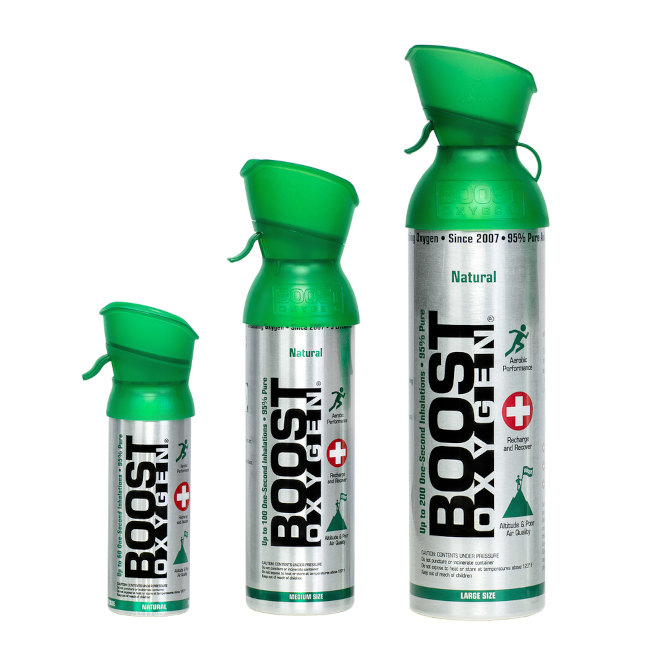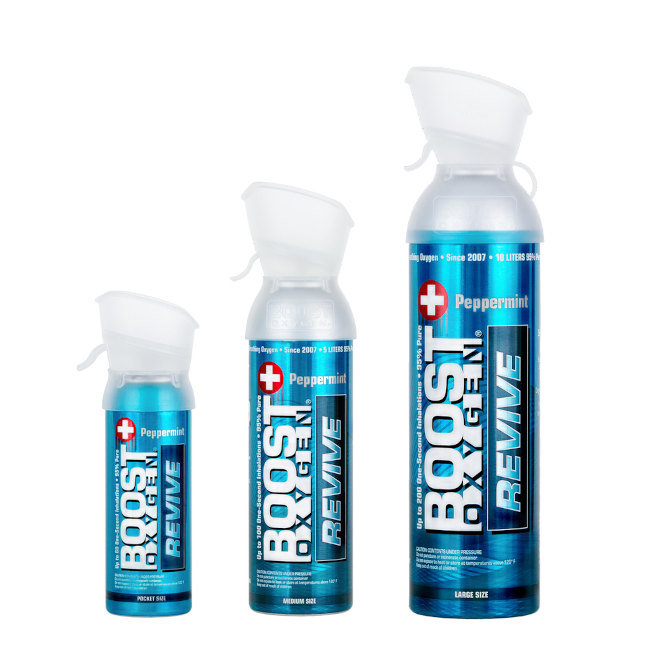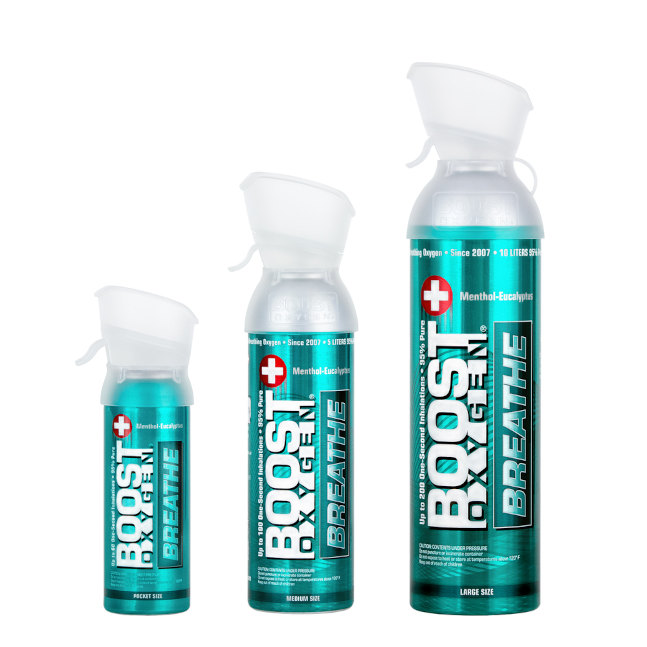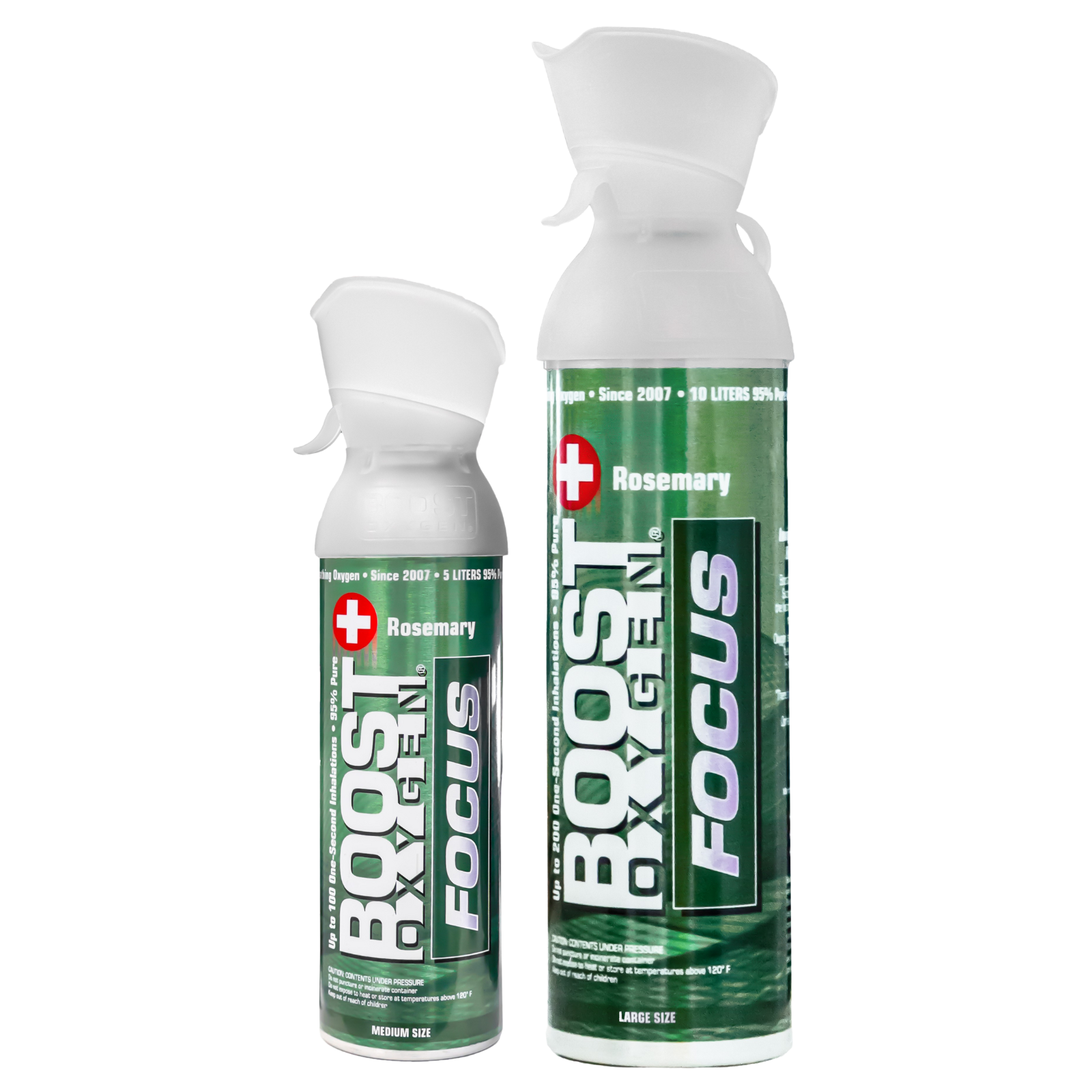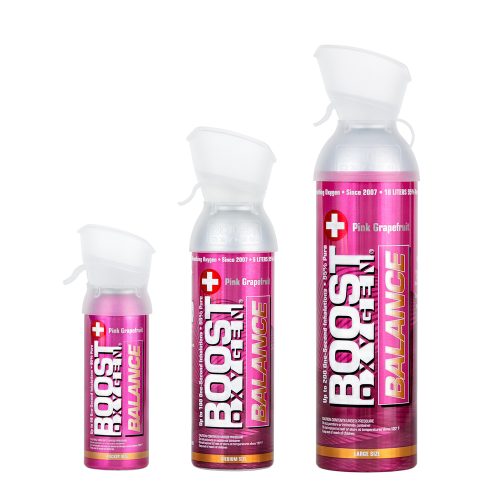ارتفاع
زيادة الأكسجين هنا من أجلك!
ارتفاع
Traveling to high-altitude locations can result in a decrease in the amount of available oxygen in the atmosphere. This decrease can have a significant impact on one's health and well-being, with 40% of people visiting high-altitude locations like Denver and the Colorado Rockies experiencing difficulty acclimating to the change. To better understand the effects of altitude on oxygen levels, let's take a closer look at the data.
At sea level, there is 100% effective oxygen in the atmosphere. As the altitude increases, the amount of available oxygen decreases. For example, at 5,000 feet above sea level (Denver, CO, Albuquerque, NM), there is approximately 20% less effective oxygen in the atmosphere. At 8,000 feet (Aspen, Vail, Park City, Jackson Hole, etc.), there is approximately 29% less effective oxygen. And at 10,000 feet (Breckenridge, CO), there is approximately 33% less effective oxygen.
As the altitude continues to increase, the decrease in available oxygen becomes even more pronounced. At 12,000 feet (Mt. Baldy, Mt. Hood), there is approximately 38% less effective oxygen. At 14,000 feet (Pike’s Peak, Mt. Whitney, Mt. Rainer), there is approximately 43% less effective oxygen. At 19,000 feet (Mt. Kilimanjaro), there is approximately 52% less effective oxygen, while at 22, 000 feet (Mt. Denali), there is approximately 56% less effective Oxygen in the atmosphere. And at the summit of Mount Everest, 29,000 feet, there is approximately 66% less effective oxygen in the atmosphere.
For those traveling to extremely high altitudes, the decrease in available oxygen can have serious consequences. Altitude Sickness can ruin any trip! That's why many resorts throughout Colorado and the Rockies offer Boost Oxygen, as supplemental oxygen can help you at higher altitudes.
Altitudes below 5,000 feet also experience a decrease in available oxygen, albeit to a lesser extent. At 1,000 feet (many cities), there is approximately 98% effective oxygen in the atmosphere. At 2,000 feet (many cities), there is approximately 96% effective oxygen. And at 3,000 and 4,000 feet (many cities), there is approximately 94% and 92% effective oxygen, respectively.
The decrease in available oxygen continues even at altitudes above 29,000 feet. At 30,000 feet (the altitude that commercial airliners fly at), there is approximately 63% effective oxygen. At 40,000 feet (stratosphere), there is approximately 50% effective oxygen. And at 50,000, 60,000, and 70,000 feet (stratosphere), there is approximately 40%, 30%, and 20% effective oxygen, respectively.
The decrease in available oxygen at high altitudes can have significant effects on one's health and well-being. By understanding the data and utilizing products like Boost Oxygen, individuals can better prepare for and overcome the challenges associated with high-altitude travel.

PILOT USE
يمكن للطيارين السفر بسرعة إلى Altitude في طائرات المروحة غير المضغوطة.
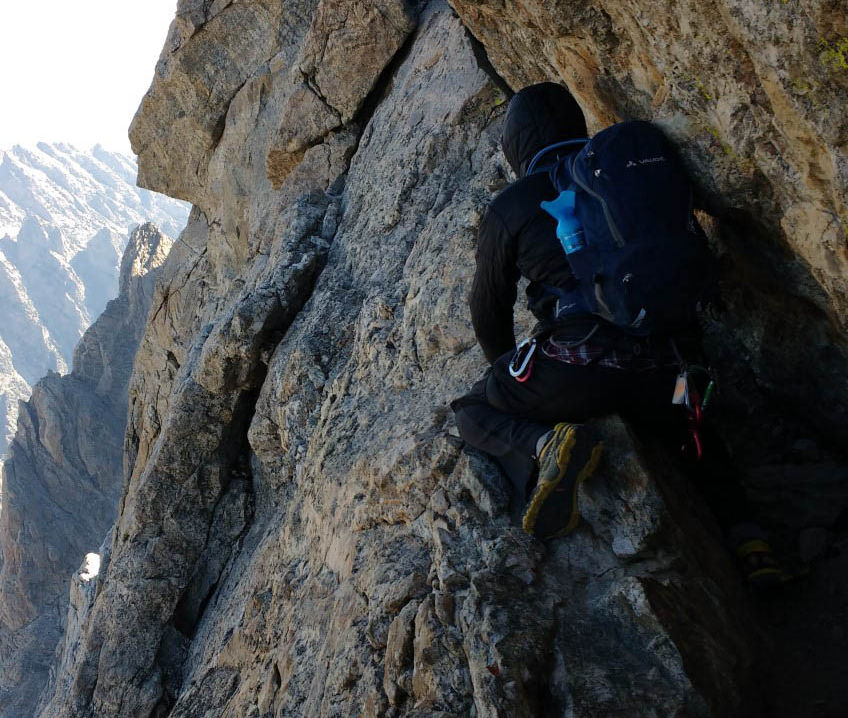
فوائد زيادة الأكسجين
تعزيز الأكسجين هو دعم تنفسي طبيعي بالكامل!
Boost Oxygen هو أكسجين تكميلي نقي محمول بنسبة 95٪ لدعم الجهاز التنفسي الطبيعي بالكامل. لا حاجة إلى وصفة طبية. يتم استخدامه من قبل الرياضيين للتعافي ، وكبار السن لنمط حياة نشط ، والأشخاص على ارتفاعات عالية للتأقلم مع الارتفاع وأولئك الذين يعانون من سوء نوعية الهواء. هل تعلم أن الهواء الذي نتنفسه يحتوي على 21٪ أكسجين فقط - الغالبية عديمة الفائدة 78٪ نيتروجين. يوفر Boost ما يقرب من 5 أضعاف الأكسجين النقي الذي تتنفسه بشكل طبيعي. يوفر Boost Oxygen وصولا سهلا وفوريا إلى الأكسجين الإضافي.
شركة أسطوانات الأكسجين الأكثر ثقة في العالم. صنع في الولايات المتحدة الأمريكية مباشرة في مقرنا الرئيسي في ميلفورد ، كونيتيكت.
طيران
Boost Oxygen is not a substitute for FAA mandated oxygen use in personal aircraft above 12,000 feet.
However, below 12,000 feet, pilots do enjoy having Boost Oxygen in their cabins.
ماذا يقول عملاؤنا
When we rode up to Pike’s Peak (ele. 14,100′) we encountered some light-headedness and dizziness…. I must say (Boost Oxygen) was a Godsend! Just a few puffs made a major difference!”
I use this on hikes, very lightweight so it doesn’t add much to the backpack… think the size of a Pringles can. Great way to help you catch your breath when you’re at 10,000 feet on a difficult hike.”
I shoot photos in the mountains ALL the time. Haven’t had ONE headache since I have been using this product. Try them (Boost Oxygen)!”

